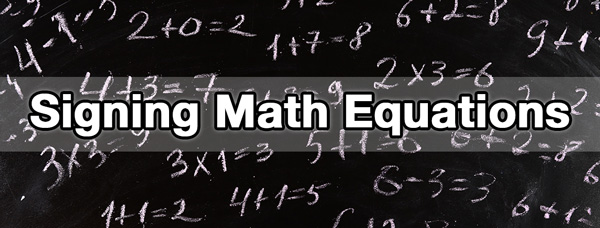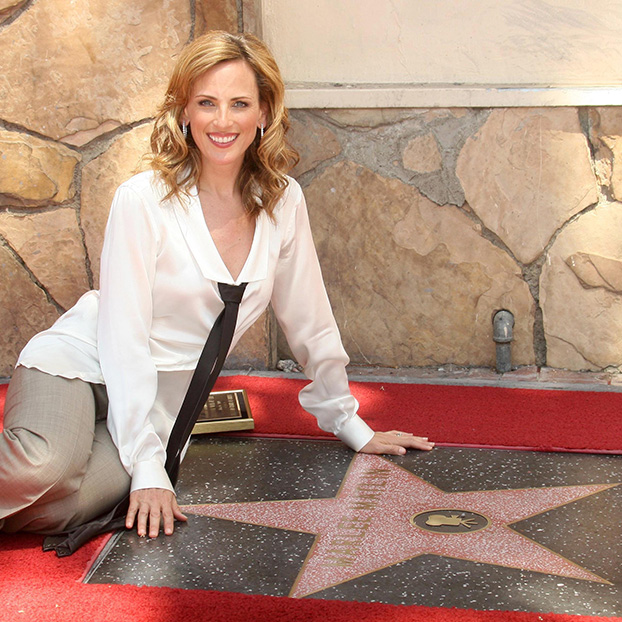
Signing Math Equations
Signing Space When Signing Math Equations
It is important to think about your signing space when signing math equations. You will use only your dominant hand when signing. Start with your dominant hand on the non-dominant side of your body to make room for signing the whole math equation across the front of your body. As you sign, you will move from the non-dominant to the dominant side of your body, moving as you sign each new part of the equation.
Parts of Signing Math Equations
To sign a math equation, you sign it just as you read it:
- 1st - Sign the first quantity (number) and item name (if needed).
- 2nd - Sign the math operation (plus, minus, divided by, or times).
- 3rd - Sign the second quantity (number) and item name (if needed).
- Repeat steps 2 and 3 if there are more parts to the equation before the total.
- 4th - Sign EQUALS.
- 5th - Sign the total number and item name (if needed).
Examples of Signing Math Equations
Example: 1 + 2 = 3
Example: 3 ORANGES + 3 ORANGES = 6 ORANGES
 Brenda Cartwright is a Coda, seasoned interpreter, a master teacher, well known presenter, and author of several best selling sign language and interpreting textbooks from the RID Press. For 35 years Brenda was the Chair of the Sign Language Interpreter Program at Lansing Community College in Lansing, Michigan.
Brenda Cartwright is a Coda, seasoned interpreter, a master teacher, well known presenter, and author of several best selling sign language and interpreting textbooks from the RID Press. For 35 years Brenda was the Chair of the Sign Language Interpreter Program at Lansing Community College in Lansing, Michigan. Signs That Are Close... But Not the Same — Money
Signs That Are Close... But Not the Same — Money Signs That Are Close... But Not the Same — Numbers
Signs That Are Close... But Not the Same — Numbers Signing Money
Signing Money






